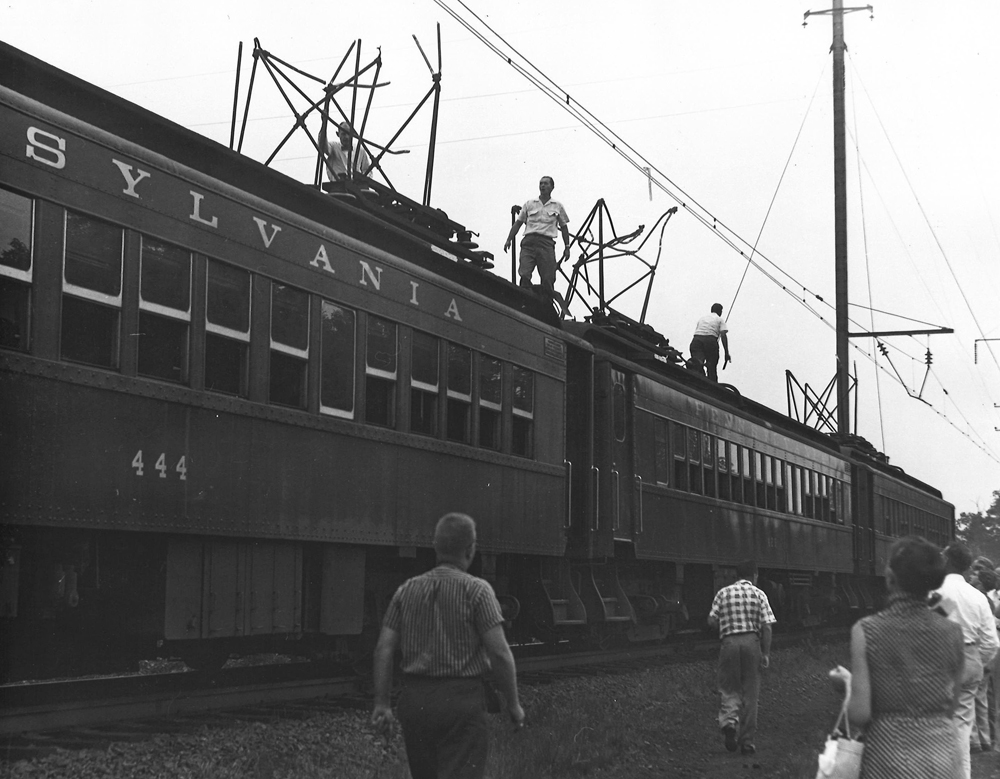
Photograph by Paul Carleton
On August 4, 1957, the Pennsylvania Railroad dispatched an eight-car train of MP54 multiple-unit cars from Penn Station, New York. Aboard the excursion were hundreds of railfans anticipating a day of riding mostly freight-only trackage to the western extremity of PRR catenary at Enola Yard across the Susquehanna River from Harrisburg, Pa. The exotic routing included part of the old Camden & Amboy, Jamesburg Branch, Trenton Cutoff/Philadelphia & Thorndale, and Atglen & Susquehanna. But things didn’t quite go as planned.
Thanks to the late Paul Carleton, who was one of the passengers, we have information on what occurred. Several miles west of Morrisville, Pa., on the Trenton Cutoff freight line, the pantographs on the last four cars became ensnared in the catenary, ripping down 1,700 feet of messenger wire before they sheared off. The engineer didn’t know what had happened, and the train coasted 2½ miles beyond the damaged wire before a fan in one of the stricken cars mustered the courage to get out from under his seat and pull the emergency cord. After the train got stopped, workers climbed up and lashed down what was left of the pans.
You might think the PRR would have called it a day right there, but that’s not how railroads did things 64 years ago. The special continued west, albeit on reduced power. When it got back on the main passenger route at Thorndale, Pa., it was not annulled and did not turn back for New York. It pressed on, diverging as planned onto the A&S freight line at Parkesburg. (Sticking to the low-grade freight routes not only honored the trip’s advertised itinerary, it also kept the now-underpowered consist off the more steeply graded main line and out of the way of scheduled passenger traffic.)
By the time the special reached Harrisburg, it was hours late. So, instead of sending it the electrified long way around to Enola, to save time the PRR coupled an E8 to the head end, and the diesel dragged the MP54s north to the Rockville Bridge. It was after sunset when the train crossed the Susquehanna River and turned left to head down to Enola. From there — back under wire — the train finally began its trek back to New York. What a day!
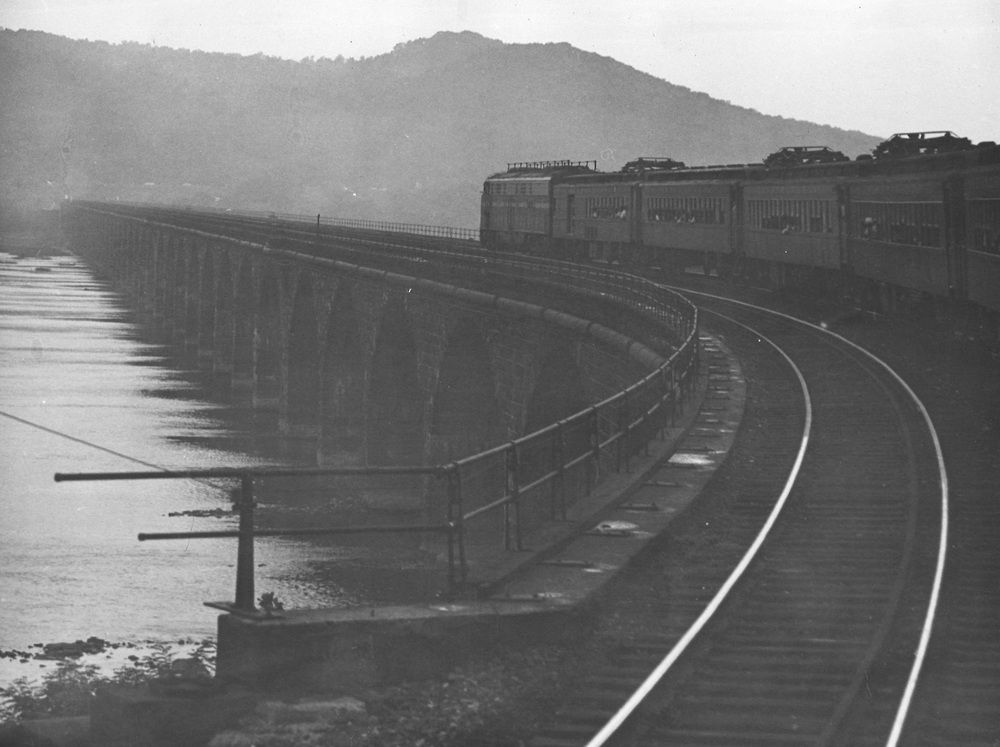
Photograph by Paul Carleton






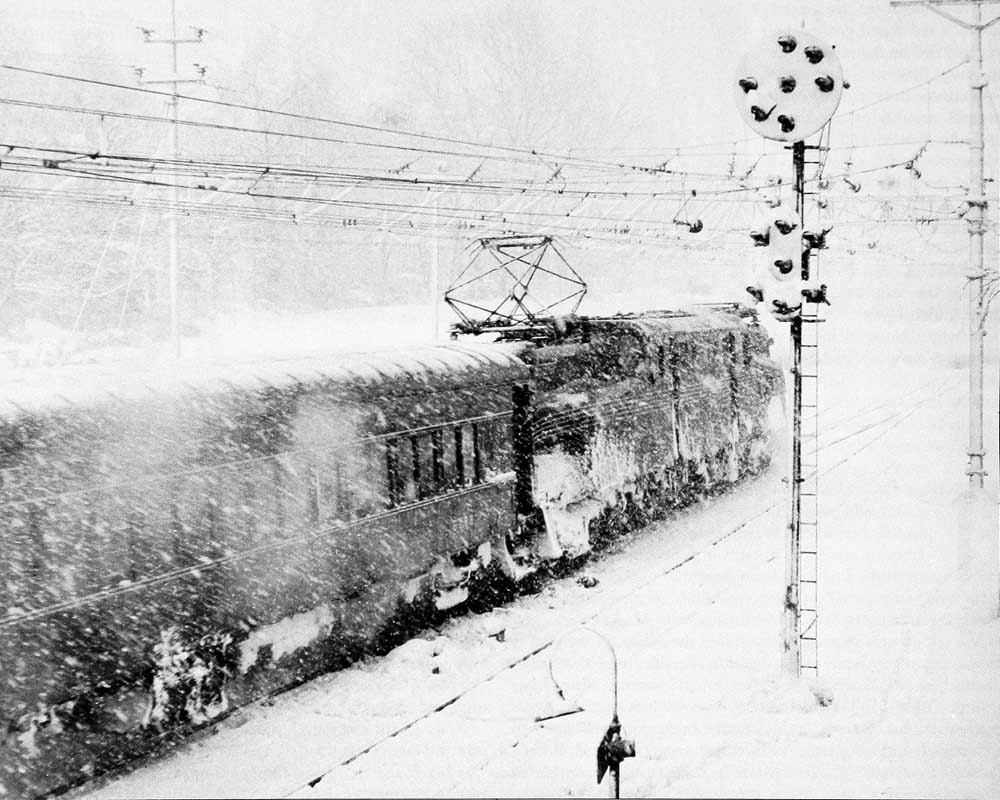
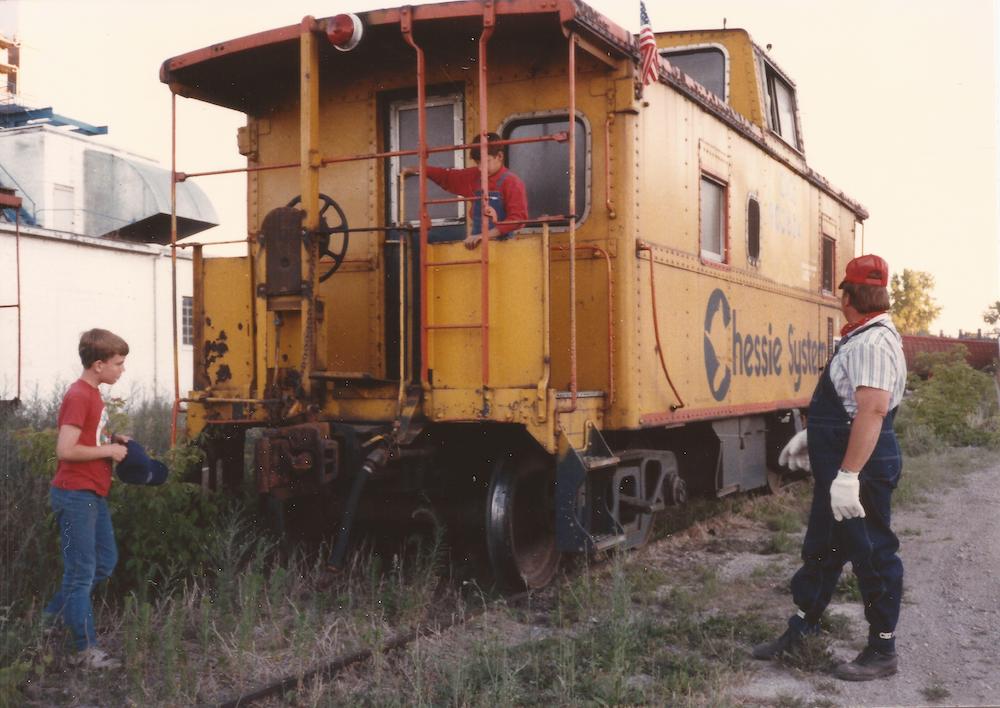
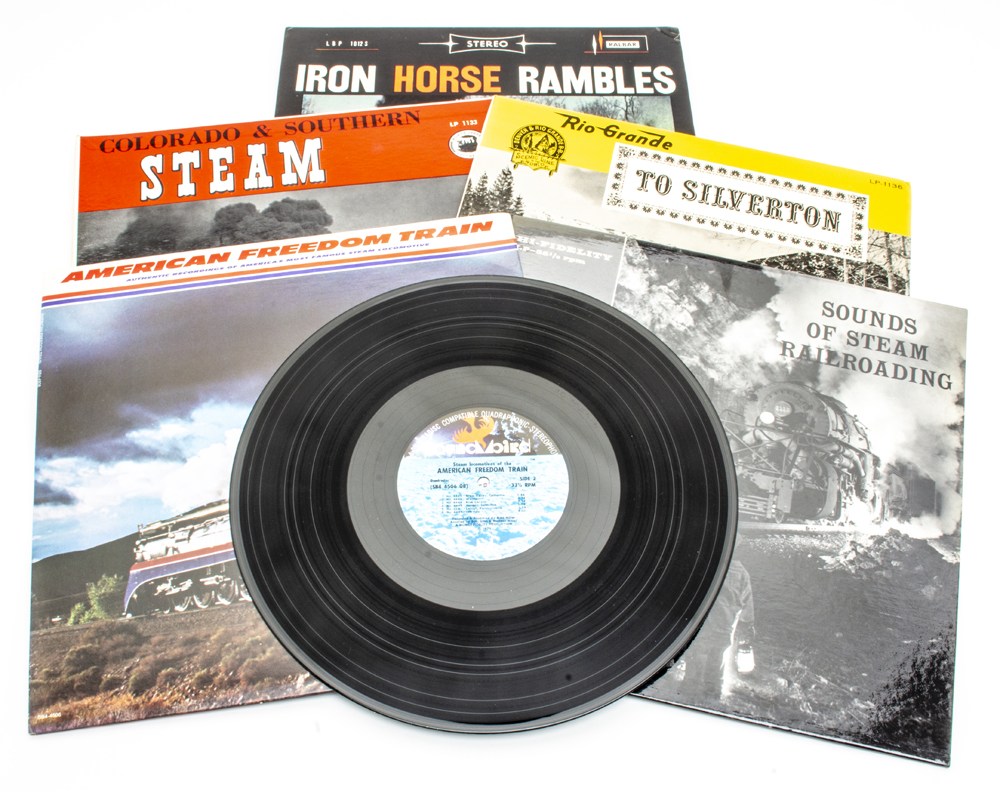
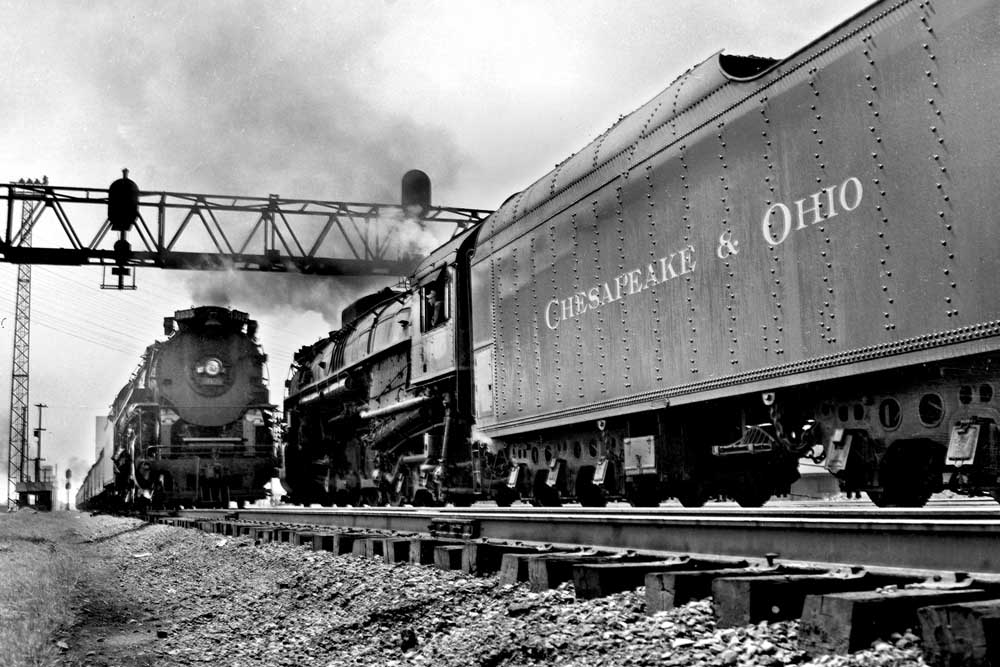




As to the NYS&W trip the GP18’s were shiny yellow and black and coupled long hood to long hood. They pulled the train, running around at Butler. I was actually sitting over the truck that derailed, back in the train. We stopped then restarted because they were flagging a crossing and hadn’t noticed the derailment. I pulled the air and we stopped.
PRR MP54’s had different pantographs with maximum working heights varying from 23 ft 4 7/8 in to 25 ft 11 in. In passenger service they never encountered “high wire.” However this trip used freight lines where there was “high wire,” and not all the cars were equipped for that.
In later years a single vertical red tape stripe on the washroom window identified a “high wire” car.
This PRR incident I thought had been five years earlier during the Korean War. I had been told the FBI imposed a news blackout on the wire accident because if Stalin had learned the Trenton Cut-Off was blocked he might have launched an all-out Warsaw Pact assault on Western Europe so vital would the Trenton Cut-Off to any American war effort!
In October 1981 there was a mileage-collecting trip run on the New York, Susquehanna & Western proper; it was to do the NYS&W from the Little Ferry Yard to Butler and back but started in between at the junction with the Erie’s Bergen County line. A much-sought-after event, two NYS&W GP-18’s (I think one at each end maybe) were pulling 10 DL&W electric trailers. But at Oakland NJ the two engines and the first coach’s lead truck derailed. Re-railing took about three hours or so I recalled so the Visiting Firemen watched the re-railing process and wandered around; we assumed that was it. I was in a small convenience store which had a pay phone (no cells in 1981!) and some of the NYS&W people came in to us it and we overheard conversations. In those days major decisions on the NYS&W often went to Walter Rich himself who controlled the company. Finally the Word came down: “OK, might as well let them go to Butler.” We all re-boarded the train which ran to Butler where we were to spend and hour or two at exhibits, etc. which had been set up for us. But at Butler we barely rolled in but we started back to the boarding point. We arrived back before dark but I have always felt for the people at Butler who made such an effort which went to waste when no one got off. As it turned out I redid the line west to Butler and beyond for the 1988 NRHS convention–but that’s another story!
An impressive display of making lemonade when unexpectedly handed lemons. This probably wouldn’t happen today, for many reasons.